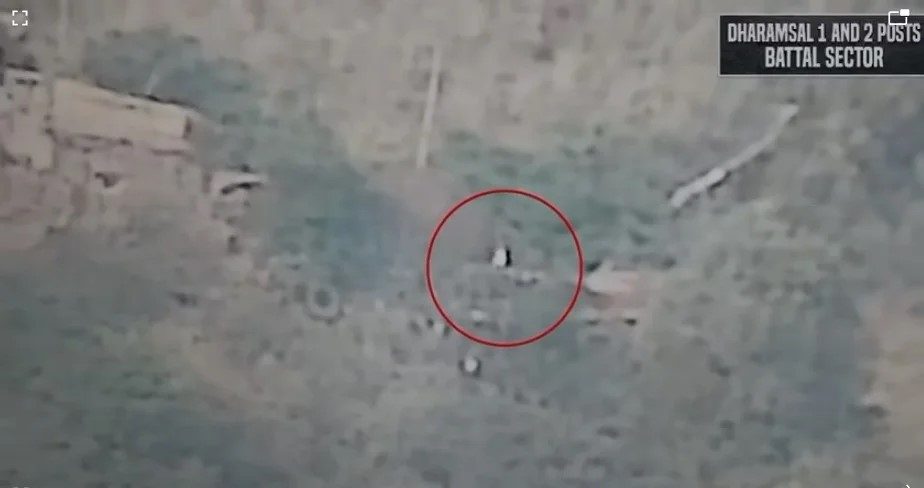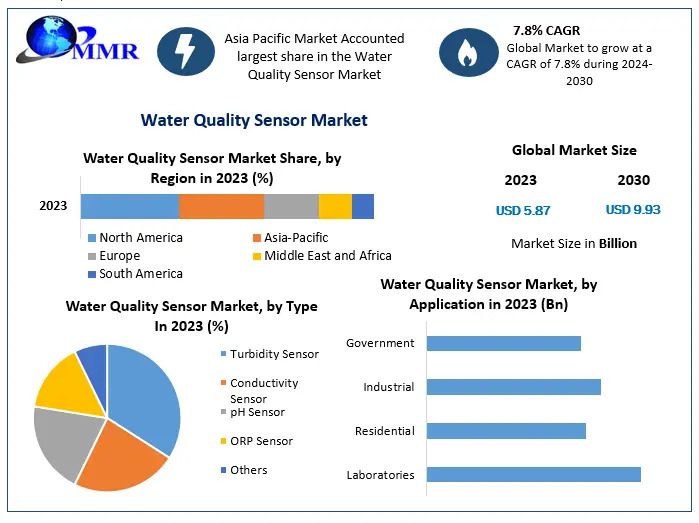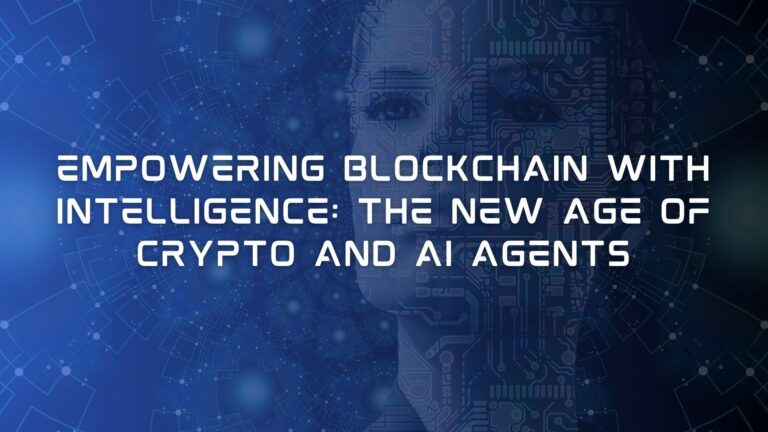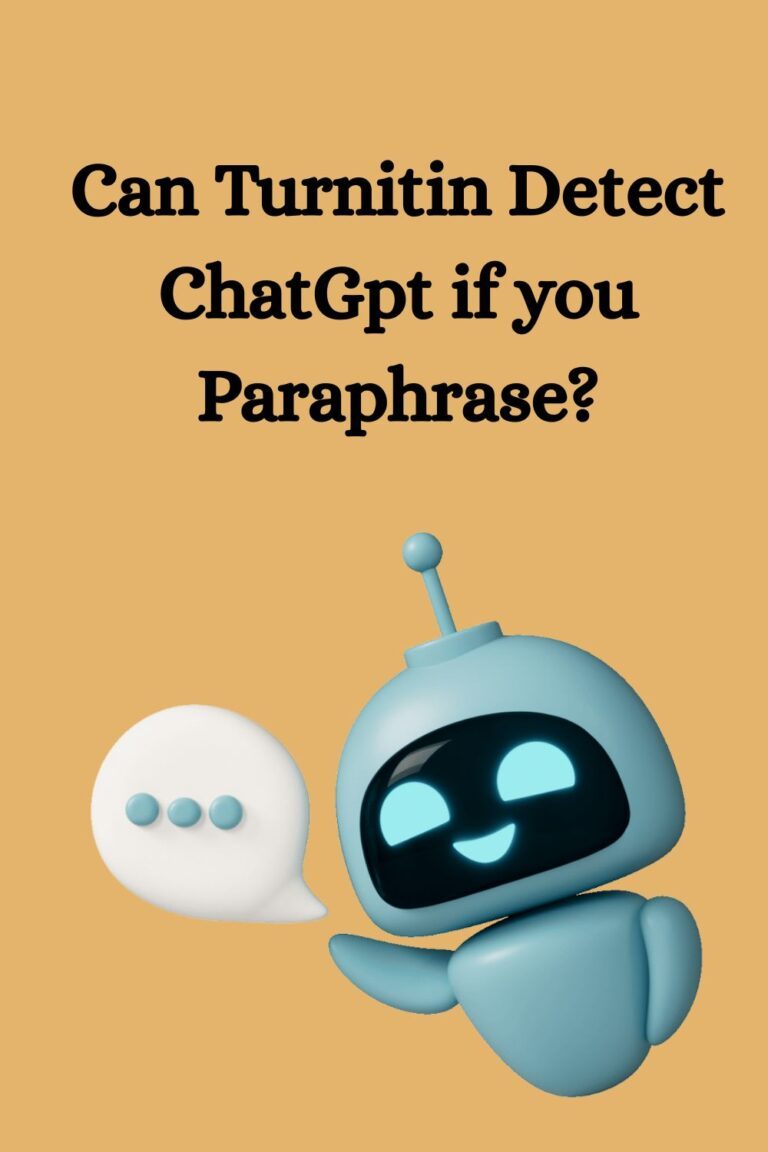Back pain is a common complaint, but not all back pain is the same. If your pain radiates down your leg, causes numbness, or worsens with movement, you may be experiencing sciatica rather than general back pain. At Neurology and Pain Management Clinic (NPMC), Dr Gautam Arora, an expert in neurology and pain management, helps patients identify the real cause of their pain and provides advanced treatment solutions for lasting relief.
What is Sciatica?
Sciatica is not a condition but a symptom of an underlying issue affecting the sciatic nerve. This nerve is the longest in the body, running from the lower back through the hips and legs. When it is compressed or irritated, it can cause radiating pain, numbness, or weakness in the lower body.
Signs Your Back Pain May Be Sciatica
Many people mistake sciatica for general lower back pain, but some distinct symptoms can help you identify the difference:
- Radiating Pain – Sciatica often starts in the lower back and shoots down one leg, sometimes reaching the foot or toes.
- Numbness or Tingling – You may experience pins-and-needles sensations in the leg, buttock, or foot.
- Muscle Weakness – Sciatica can cause difficulty walking, standing, or lifting the foot due to nerve compression.
- Pain That Worsens With Movement – Sitting for long periods, bending, or sudden movements may intensify the pain.
- Sharp or Burning Sensation – Unlike dull back pain, sciatica often feels like a sharp, burning, or electric shock-like discomfort.
Common Causes of Sciatica
Sciatica is usually caused by conditions that put pressure on the sciatic nerve, including:
- Herniated Disc – When a spinal disc bulges and presses on the sciatic nerve, it triggers pain and inflammation.
- Spinal Stenosis – Narrowing of the spinal canal compresses nerves, leading to sciatica symptoms.
- Piriformis Syndrome – A tight piriformis muscle in the buttock irritates the sciatic nerve.
- Degenerative Disc Disease – Age-related disc wear reduces cushioning between vertebrae, increasing nerve pressure.
- Spondylolisthesis – A slipped vertebra misaligns the spine, pinching the sciatic nerve.
How Dr Gautam Arora at NPMC Treats Sciatica
At NPMC, Dr. Gautam Arora offers comprehensive, evidence-based treatments to relieve sciatica and prevent future flare-ups.
1. Conservative Treatments
- Medications – Anti-inflammatory drugs, muscle relaxants, and nerve pain medications.
- Physical Therapy – Strengthening and stretching exercises to improve mobility and reduce nerve pressure.
- Lifestyle Modifications – Proper posture, weight management, and ergonomic corrections.
2. Advanced Pain Relief Options
- Epidural Steroid Injections (ESI) – Reduces inflammation around the nerve.
- Radiofrequency Ablation (RFA) – Blocks pain signals for long-term relief.
- Nerve Blocks – Temporarily numbs the affected nerve to reduce discomfort.
3. Surgical Options for Severe Cases
- Minimally Invasive Surgery – Procedures like microdiscectomy for herniated discs.
- Spinal Decompression – If spinal stenosis is the root cause.
When to See a Specialist?
If your pain is severe, lasts longer than a few weeks, or affects your mobility, it’s time to seek professional care. Early diagnosis and treatment can prevent complications and ensure a faster recovery. At NPMC, Dr Gautam Arora provides personalized treatment plans to help you regain a pain life. Book a consultation today and take the first step toward relief!













